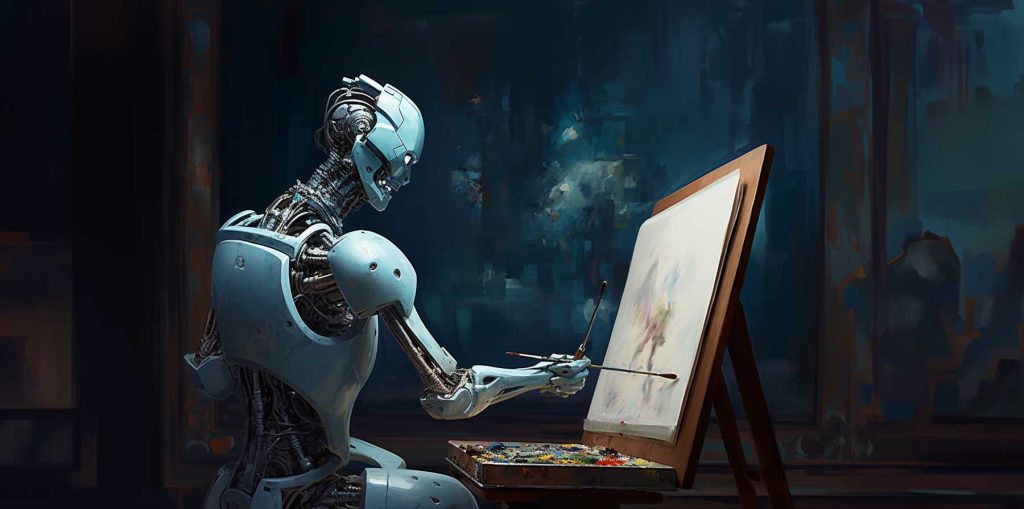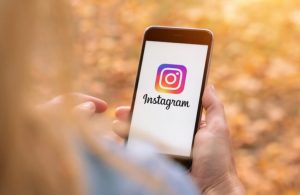In recent years, the landscape of digital art has undergone a transformative evolution, driven largely by advancements in artificial intelligence (AI). These changes are not just incremental; they are revolutionizing the way artists create, collaborate, and conceptualize their work. AI has transcended its role as a mere tool, becoming an integral collaborator in the creative process.
Transforming Artistic Processes
Artificial intelligence has significantly altered traditional artistic processes, offering artists unprecedented capabilities. One of the most profound impacts of AI is its ability to assist in generating ideas and concepts. Artists can now utilize AI to brainstorm and visualize complex themes, which helps in overcoming creative blocks and inspiring new directions. For instance, AI algorithms can analyze vast datasets of existing artworks to identify patterns and suggest novel combinations of styles and motifs.
Moreover, AI tools such as deep learning and neural networks enable artists to experiment with various techniques and styles that were previously labor-intensive or technically challenging. These tools can mimic the brushstrokes of famous painters, generate photorealistic images, and even create entirely new artistic styles. The platform https://makepix.ai/ exemplifies this capability by allowing users to generate AI-driven artwork effortlessly, providing a playground for both amateur and professional artists to explore their creative potential.
Expanding Creative Horizons
The integration of AI into digital art extends beyond enhancing existing processes; it fundamentally expands the creative horizons available to artists. AI-driven tools offer new mediums and forms of expression that were unimaginable just a few years ago. For example, generative adversarial networks (GANs) enable the creation of art that evolves and adapts in real-time, resulting in dynamic pieces that can change based on viewer interaction or environmental factors.

Furthermore, AI is democratizing art creation by making advanced tools accessible to a broader audience. Artists no longer need extensive technical skills to produce high-quality digital art. With user-friendly AI platforms, anyone with a creative spark can experiment and create compelling visuals. This democratization is fostering a more inclusive art community where diverse voices and perspectives can thrive.
Reimagining the Future of Art
As AI continues to evolve, its role in the art world will undoubtedly grow, raising intriguing questions about the future of creativity and authorship. Will AI ever surpass human creativity, or will it remain a tool that amplifies human ingenuity? While these questions are complex and multifaceted, one thing is clear: AI is here to stay, and its impact on the art world is profound and lasting.
In conclusion, the fusion of AI and digital art is ushering in a new era of creativity. By transforming artistic processes and expanding creative horizons, AI is not only changing how art is made, but also what it means to be an artist. As we move forward, the dialogue between human and machine will continue to shape the future of art, opening up endless possibilities for innovation and expression.




